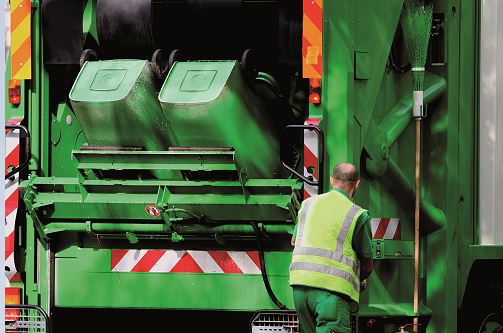Lets work together



Suite 3A, Chapel Allerton House, 114 Harrogate Road, Leeds, LS7 4NY
ukinfo@integrated-skills.com
+44 (0) 3300 888 670

There is clear a desire among many fleet managers to run a fleet that’s more environmentally friendly. And many companies have made the switch.
The current furore over Volkswagen and their misleading emissions is a reflection of the problem: The bar for emissions targets continues to be raised by regulators both in the EU and the US. Vehicle manufacturers are striving to exceed emissions targets with the increasingly accessible and innovative fossil fuel alternatives (as well as deploying ‘dodgy’ software)!
The Electric Vehicle
One product that’s received a lot of central government funding is the electric vehicle. However, there is uncertainty as to whether this option will work in a fleet scenario. Even though charging stations are expected to increase twelvefold in the coming years, there are still issues with the charging network. Different vehicles have different charging capabilities. Not only that, but the public infrastructure requires a different card for each type of system. And so while it may be easy to purchase an electric vehicle, using the network for charging it can be a challenge.
However, it is possible to navigate the changing landscape when some research is done into the available charging types. As well, it can help to ‘future proof’ operations by choosing a charger type that won’t need to be changed in a few years’ time. This requires an ability to stay ahead of developing technology. However, it is by no means an impossible task.
E-Diesel
A breakthrough development in fuel research has led to the creation of e-diesel, which promises to clean up diesel vehicles within the next ten years. This alternative fuel is a synthetic liquid created by the energy of the sun, which is harnessed and then used to transform industrial CO2 waste and salt water into liquid fuel. Microorganisms aid the process by producing paraffin alkanes, important components in diesel.
First, water is turned into steam before being separated into oxygen and hydrogen using electrolysis at a high temperature. It is only when this pressure is reached that the hydrogen reacts with the CO2, creating what’s called ‘blue crude’, similar to regular crude, but without the aromatic hydrocarbons and sulphur when it is refined into e-diesel fuel.
The idea behind e-diesel is that it doesn’t require the costly processing and competition with food agriculture that the creation of fossil fuels does, and so is a long-term solution. The e-diesel creation process uses renewable ‘feedstock’.
Experts say that vehicles running on e-diesel are producing the same levels of eco-friendliness as pure electric vehicles. E-diesel also has the advantage of being high in purity, where its petroleum-derived counterpart utilises a mixture of hydrocarbon compounds. It can also be blended with an unlimited amount of traditionally-manufactured diesel fuel.
But likely the most exciting news about e-diesel is that no new motor needs to be created in order to use it; e-diesel can be used in Audi-built TDI motors without even the slightest modifications being required.
Technology Advancing
With technology advancing at an ever-growing rate, there is no doubt that both the electric vehicle and e-diesel fuel will soon be doing their part to revolutionise fleets across the country as well as around the globe. This will mean that fleet owners will be able to save even more money, above and beyond what they are already saving with vehicle route planning, vehicle tracking and telematics software. Moreover, they will be contributing to a greener fleet of vehicles.
Would you like to know more about The Green Fleet and Fossil Fuel Alternatives? Fill in your details below and let us know how we can help.
Website Designed & Built by we are CODA